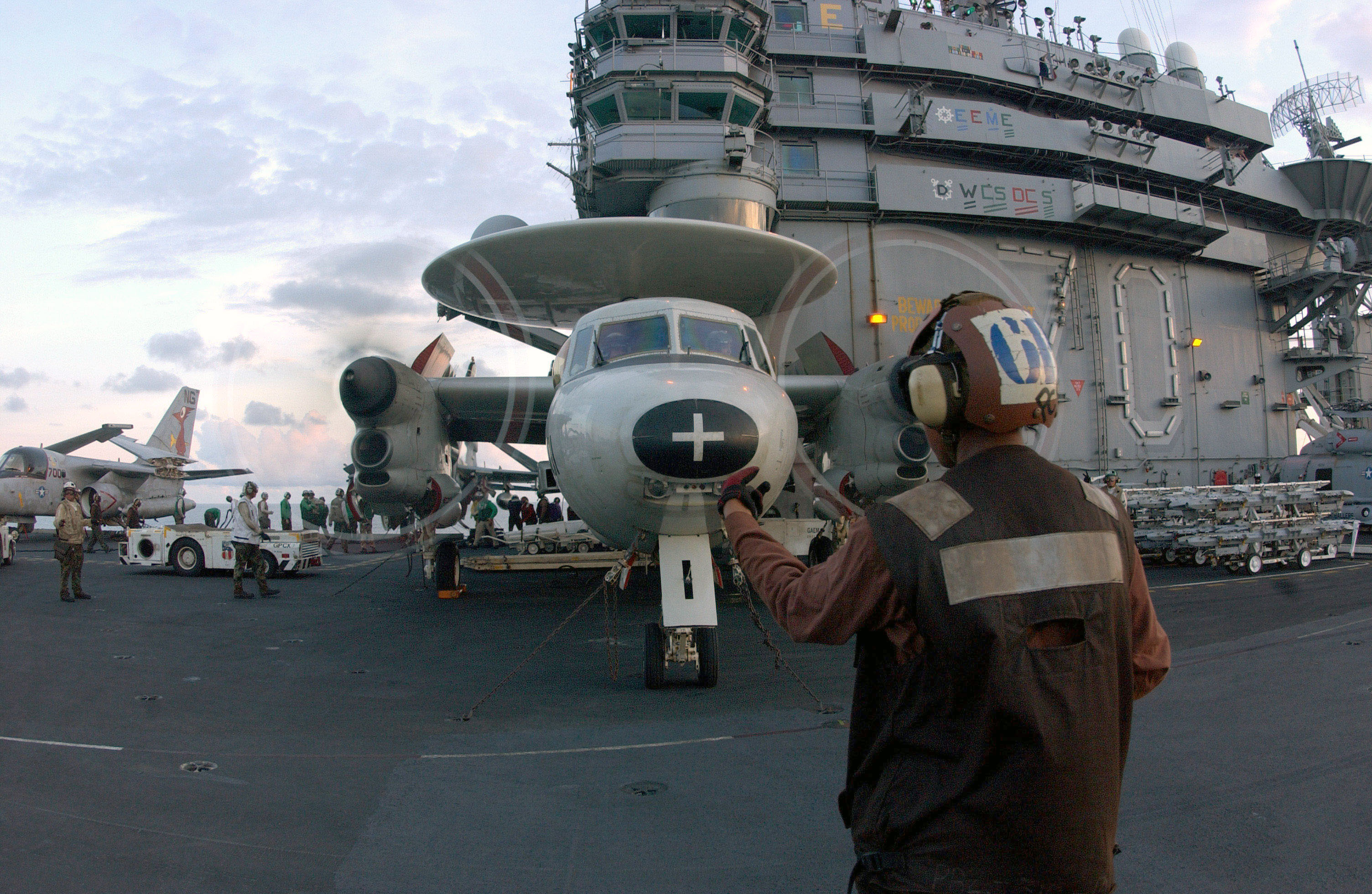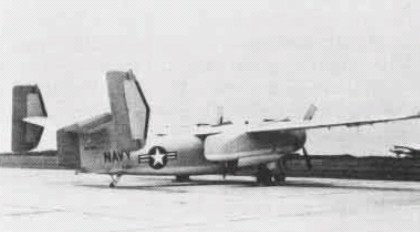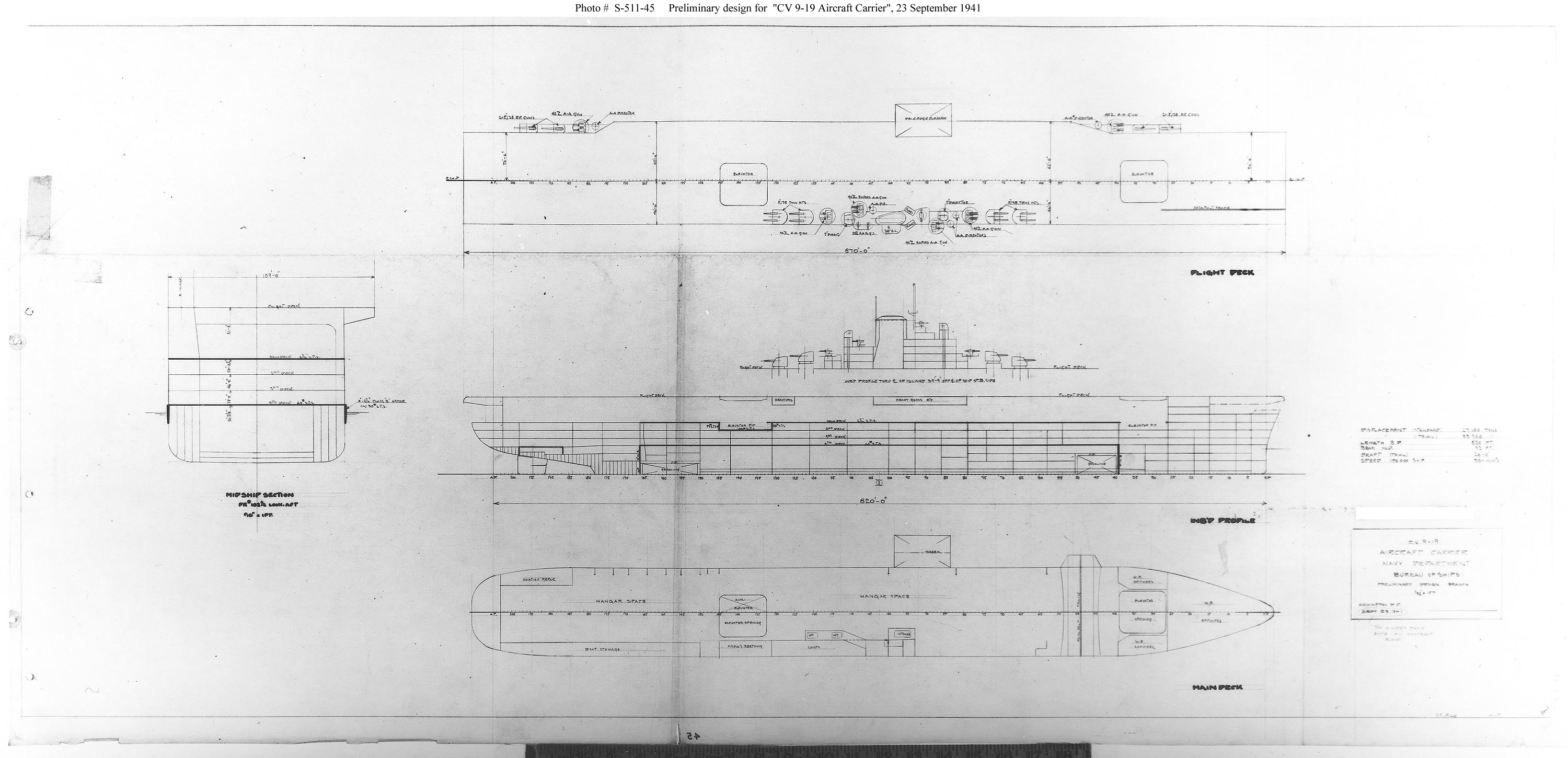|
VAW-11
Carrier Airborne Early Warning Squadron 11 (VAW-11), nicknamed the "Early Elevens", was an airborne early warning squadron, whose mission was to provide services to fleet forces and shore warning networks, under all weather conditions. The squadron was also responsible for combat air patrol and Anti-submarine warfare (ASW) missions. It was based at NAS North Island in San Diego, California, but had detachments serving aboard 13 attack carriers and antisubmarine carriers in the Pacific Fleet. Squadron History In 1948, the squadron was established as VAW-1, then redesignated Fleet Composite Squadron 11 (VC-11) one month later. The squadron was first equipped with the Grumman TBM-3W Avenger. VC-11 worked on developing the airborne early warning (AEW) concept, and in 1950 deployed detachments that provided ASW and AEW protection throughout the Korean War, flying the Douglas AD-3W/4W Skyraider. These were later replaced by the AD-5W model of the Skyraider. In 1958, the squadron rece ... [...More Info...] [...Related Items...] OR: [Wikipedia] [Google] [Baidu] |
VAW-112
Carrier Airborne Early Warning Squadron 112 (VAW-112) is an inactive United States Navy squadron. It was nicknamed the "Golden Hawks''".'' VAW-112 flew the E-2C Hawkeye out of NAS Point Mugu and last deployed as part of Carrier Air Wing 9 (CVW-9) on board . Squadron History 1960s – 1980s The squadron was established 20 April 1967 and assigned to CVW-9. The squadron made three combat deployments operating the E-2A Hawkeye in the Western Pacific in support of the Vietnam War aboard . In May 1970, the squadron was temporarily disestablished and placed in "stand down" status until reactivated on 3 July 1973. The squadron, now flying E-2Bs, were assigned to Carrier Air Wing 2 (CVW-2) and made three Western Pacific/Indian Ocean deployments on board , before assignment to Carrier Air Wing 8 (CVW-8) aboard , for a Mediterranean and Indian Ocean deployment. In May 1979, the squadron transitioned to the E-2C and again became part of CVW-9 in February 1981. As part of CVW-9, VAW-112 ma ... [...More Info...] [...Related Items...] OR: [Wikipedia] [Google] [Baidu] |
VAW-113
Airborne Command & Control Squadron 113 (VAW-113), known as "Black Eagles", was established on 20 April 1967 flying the E-2A Hawkeye. Squadron History 1960s-1970s One week after its establishment, VAW-113 deployed to the Western Pacific (WESTPAC) aboard . VAW-113 served in the Vietnam War from 1967 to 1975. The culmination of these efforts occurred in April 1975, when VAW-113 played a vital role in Operation Frequent Wind, the evacuation of American personnel from Saigon. 1980s In 1987, the squadron recognized for operational excellence in their support of Battle Group DELTA and tanker escort operations in the North Arabian Sea/Gulf of Oman. In December 1988, the squadron set sail again for the North Arabian Sea, monitoring tanker escort operations in support of Operation Earnest Will. 1990s During their WESTPAC 1990 cruise, VAW-113 again deployed to the Gulf of Oman, providing both sea and air cover to Battle Group Delta and allied forces in the Persian Gulf as one of the f ... [...More Info...] [...Related Items...] OR: [Wikipedia] [Google] [Baidu] |
Northrop Grumman E-2 Hawkeye
The Northrop Grumman E-2 Hawkeye is an American all-weather, carrier-capable tactical airborne early warning (AEW) aircraft. This twin-turboprop aircraft was designed and developed during the late 1950s and early 1960s by the Grumman Aircraft Company for the United States Navy as a replacement for the earlier, piston-engined E-1 Tracer, which was rapidly becoming obsolete. The aircraft's performance has been upgraded with the E-2B and E-2C versions, where most of the changes were made to the radar and radio communications due to advances in electronics, electronic integrated circuits and other electronics. The fourth major version of the Hawkeye is the E-2D, which first flew in 2007. The E-2 was the first aircraft designed specifically for its role, as opposed to a modification of an existing airframe, such as the Boeing E-3 Sentry. Variants of the Hawkeye have been in continuous production since 1960, giving it the longest production run of any carrier-based aircraft. The E- ... [...More Info...] [...Related Items...] OR: [Wikipedia] [Google] [Baidu] |
Grumman E-2 Hawkeye
The Northrop Grumman E-2 Hawkeye is an American all-weather, carrier-capable tactical airborne early warning (AEW) aircraft. This twin-turboprop aircraft was designed and developed during the late 1950s and early 1960s by the Grumman Aircraft Company for the United States Navy as a replacement for the earlier, piston-engined E-1 Tracer, which was rapidly becoming obsolete. The aircraft's performance has been upgraded with the E-2B and E-2C versions, where most of the changes were made to the radar and radio communications due to advances in electronic integrated circuits and other electronics. The fourth major version of the Hawkeye is the E-2D, which first flew in 2007. The E-2 was the first aircraft designed specifically for its role, as opposed to a modification of an existing airframe, such as the Boeing E-3 Sentry. Variants of the Hawkeye have been in continuous production since 1960, giving it the longest production run of any carrier-based aircraft. The E-2 also receiv ... [...More Info...] [...Related Items...] OR: [Wikipedia] [Google] [Baidu] |
E-1B Of VAW-11 On Cat Of USS Oriskany (CVA-34) 1962
The Grumman E-1 Tracer was the first purpose-built airborne early warning aircraft used by the United States Navy. It was a derivative of the Grumman C-1 Trader and entered service in 1958. It was replaced by the more modern Grumman E-2 Hawkeye by the 1970s. Design and development The E-1 was designated WF under the 1922 United States Navy aircraft designation system; the designation earned it the nickname "Willy Fudd". The Tracer was derived from the C-1 Trader, itself a derivative of the S-2 Tracker carrier-based antisubmarine aircraft, known as S2F under the old system, nicknamed "Stoof", leading to the WF/E-1, with its distinctive radome, being known as "Stoof with a Roof."O'Rourke, G.G., CAPT USN. "Of Hosenoses, Stoofs, and Lefthanded Spads". ''United States Naval Institute Proceedings'', July 1968. The E-1 featured folding wings of a very particular design for compact storage aboard aircraft carriers; unlike the S-2 and C-1 in which the wings folded upwards, the radome a ... [...More Info...] [...Related Items...] OR: [Wikipedia] [Google] [Baidu] |
Grumman E-1 Tracer
The Grumman E-1 Tracer was the first purpose-built airborne early warning aircraft used by the United States Navy. It was a derivative of the Grumman C-1 Trader and entered service in 1958. It was replaced by the more modern Grumman E-2 Hawkeye by the 1970s. Design and development The E-1 was designated WF under the 1922 United States Navy aircraft designation system; the designation earned it the nickname "Willy Fudd". The Tracer was derived from the C-1 Trader, itself a derivative of the S-2 Tracker carrier-based antisubmarine aircraft, known as S2F under the old system, nicknamed "Stoof", leading to the WF/E-1, with its distinctive radome, being known as "Stoof with a Roof."O'Rourke, G.G., CAPT USN. "Of Hosenoses, Stoofs, and Lefthanded Spads". ''United States Naval Institute Proceedings'', July 1968. The E-1 featured folding wings of a very particular design for compact storage aboard aircraft carriers; unlike the S-2 and C-1 in which the wings folded upwards, the radome ... [...More Info...] [...Related Items...] OR: [Wikipedia] [Google] [Baidu] |
Douglas A-1 Skyraider
The Douglas A-1 Skyraider (formerly known as the AD Skyraider) is an American single-seat attack aircraft in service from 1946 to the early 1980s. The Skyraider had an unusually long career, remaining in front-line service well into the Jet Age (when most piston-engine attack or fighter aircraft were replaced by Jet aircraft); thus becoming known by some as an "anachronism". The aircraft was nicknamed "Spad", after the French World War I fighter. It was operated by the United States Navy (USN), the United States Marine Corps (USMC), and the United States Air Force (USAF), and also saw service with the British Royal Navy, the French Air Force, the Republic of Vietnam Air Force (RVNAF), and others. It remained in U.S. service until the early 1970s. The jet powered A-10 Thunderbolt II was based on specifications for a modernized Skyraider with a heavy payload and good endurance. Design and development The piston-engined, propeller-driven Skyraider was designed during World War I ... [...More Info...] [...Related Items...] OR: [Wikipedia] [Google] [Baidu] |
AD-5W VAW-11 Approaching USS Bennington (CVS-20)
The Douglas A-1 Skyraider (formerly known as the AD Skyraider) is an American single-seat attack aircraft in service from 1946 to the early 1980s. The Skyraider had an unusually long career, remaining in front-line service well into the Jet Age (when most piston-engine attack or fighter aircraft were replaced by Jet aircraft); thus becoming known by some as an " anachronism". The aircraft was nicknamed "Spad", after the French World War I fighter. It was operated by the United States Navy (USN), the United States Marine Corps (USMC), and the United States Air Force (USAF), and also saw service with the British Royal Navy, the French Air Force, the Republic of Vietnam Air Force (RVNAF), and others. It remained in U.S. service until the early 1970s. The jet powered A-10 Thunderbolt II was based on specifications for a modernized Skyraider with a heavy payload and good endurance. Design and development The piston-engined, propeller-driven Skyraider was designed during World ... [...More Info...] [...Related Items...] OR: [Wikipedia] [Google] [Baidu] |
Wing (military Aviation Unit)
In military aviation, a wing is a unit of command. In most military aviation services, a wing is a relatively large formation of planes. In Commonwealth countries a wing usually comprises three squadrons, with several wings forming a group (around 10 squadrons). Each squadron will contain around 20 planes. Commonwealth usage Origins On its establishment in 1912, the British Royal Flying Corps (RFC) was intended to be an inter-service, combined force of the British Army and Royal Navy. Given the rivalry that existed between the army and navy, new terminology was used, in order to avoid marking the corps out as having an army or navy ethos. While the term "wing" had been used in the cavalry, its more general use predominated. Accordingly, the word "wing", with its allusion of flight, was chosen as the term of subdivision and the corps was split into a "Military Wing" (i.e. an army wing) and a "Naval Wing". Each wing consisted of a number of squadrons (the term "squad ... [...More Info...] [...Related Items...] OR: [Wikipedia] [Google] [Baidu] |
Essex-class Aircraft Carrier
The ''Essex'' class was a class of aircraft carriers of the United States Navy. The 20th century's most numerous class of capital ship, the class consisted of 24 vessels, which came in "short-hull" and "long-hull" versions. Thirty-two ships were ordered, but as World War II wound down, six were canceled before construction, and two were canceled after construction had begun. Fourteen saw combat during World War II. None were lost to enemy action, though several sustained crippling damage. ''Essex''-class carriers were the backbone of the U.S. Navy from mid-1943 and, with the three carriers added just after the war, continued to be the heart of U.S. naval strength until supercarriers joined the fleet in the 1960s and 1970s. Several of the carriers were rebuilt to handle heavier and faster aircraft of the early jet age, and some served until well after the Vietnam War. Overview The preceding s and the designers' list of trade-offs and limitations forced by arms control treaty obl ... [...More Info...] [...Related Items...] OR: [Wikipedia] [Google] [Baidu] |
Avionics
Avionics (a blend of ''aviation'' and ''electronics'') are the electronic systems used on aircraft. Avionic systems include communications, navigation, the display and management of multiple systems, and the hundreds of systems that are fitted to aircraft to perform individual functions. These can be as simple as a searchlight for a police helicopter or as complicated as the tactical system for an airborne early warning platform. History The term "avionics" was coined in 1949 by Philip J. Klass, senior editor at '' Aviation Week & Space Technology'' magazine as a portmanteau of "aviation electronics". Radio communication was first used in aircraft just prior to World War I. The first airborne radios were in zeppelins, but the military sparked development of light radio sets that could be carried by heavier-than-air craft, so that aerial reconnaissance biplanes could report their observations immediately in case they were shot down. The first experimental radio trans ... [...More Info...] [...Related Items...] OR: [Wikipedia] [Google] [Baidu] |
.jpeg/1200px-AD-5W_VAW-11_approaching_USS_Bennington_(CVS-20).jpeg)



.jpg)



.jpg)

